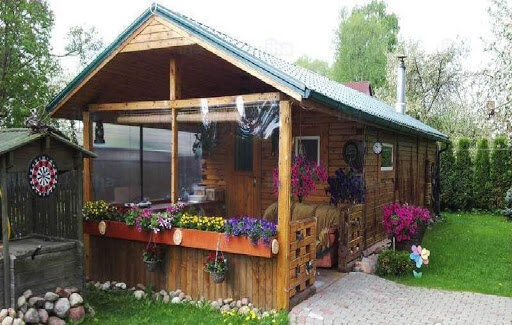
(Please note: The information herein is not to replace medical advice, or the guidance of the CDC or local governing authorities regarding social interactions; please follow current mandates and recommendations for personal protection related to COVID-19.)
Before March 2020, probably very few people in the United States had considered the impacts of a pandemic on housing. The infiltration of the coronavirus into every aspect of living has presented many complications which authorities are scrambling to resolve; housing is one such area. Housing in this regard is a more complex concept than just a safe dwelling unit, it is the web of life that has home at its heart. In many regions of the country, life is slowly assuming a new normal, but how will the new normal influence where and how people live? Even where businesses are reopening with layers of precaution, there are many who are considered at high risk for COVID-19 infection who will continue to require assistance for everyday tasks such as grocery shopping. Some who are considered at high risk for infection had been actively engaged and independent for daily living tasks prior to the pandemic, but have since experienced alienation from friends, the loss of social activities, and difficulty accessing goods and services. Other factors, such as the sudden loss of income suffered by many, coupled with a poor employment outlook, have created a precipitous rise in housing insecurity among those who were borderline secure prior to the arrival of COVID-19. Additionally, the news has been awash in stories about COVID-19 spreading through skilled nursing and assisted living facilities, which have been frequently cited as high-risk environments. Finally, many universities were forced to close at the onset of the pandemic, and many students found themselves back in their parents’ homes. Any of the examples above might suggest the need for relocation, even if short term, to a living environment that can meet an individual’s need for privacy, independence, financial and personal security, and accessibility, while providing any necessary support. Accessory dwelling units (ADUs), commonly known as in-law apartments or secondary suites, may be an acceptable solution to these problems, and are allowed in an increasing number of communities.

WheelPad’s home attachments and tiny houses are a small slice of the greater movement to build more ADUs.
Whether driven by a pandemic, or other reason, adding an ADU to one’s property is a substantial undertaking that requires careful consideration. Cost, design, material selection, permitting, site preparation, and actual construction must be addressed, and local ordinances must be reviewed to determine whether ADU’s are allowed under ordinary and/or emergency circumstances. Long prior to the well-known rise in popularity of tiny homes, people were building small self-contained housing units either within or adjacent to larger homes, where permissible by law, to meet the needs of extended family and friends. In more recent times, ADUs have become accessible as well, increasing independence for those with mobility limitations. Today, in addition to permanent units, pre-fabricated and semi-permanent ADU’s are available that could be employed to avoid a housing crisis in the post-pandemic future.

Inside a WheelPad Home Attachment.
According to experts, COVID-19 will shape our lives for some time to come, and unknown challenges are to be expected. Anticipating these challenges, based on the best predictions available, will allow for more successful preventive planning. The following scenarios represent a few real world challenges of the previously noted predicaments: The local residential rehabilitation and skilled nursing facilities have closed wings due to COVID-19, and a favorite uncle is going to be released from a hospital after having a stroke; what is a good step down if no beds are available? Or, federal, state and local governments have placed moratoria on evictions and foreclosures, but these remedies will eventually terminate; what safety net(s) can be in place when this happens? Finally, Mom is an 85 year-old who lives alone, and was driving to the gym three times a week, but had to stop going, to avoid contracting the virus; how can quality of life be restored? While not the only answer to these and other potential COVID-19 driven housing dilemmas, accessory dwelling units could be a valuable tool in a toolbox of solutions.
Written by Marci Monchek, an occupational therapist, and former urban and regional planner with an interest in creating built and natural environments to promote engagement and independence for people with diverse needs. ©️ 2020 Marci Monchek
Posted on the WheelPad™ L3C website with the author's enthusiastic consent.